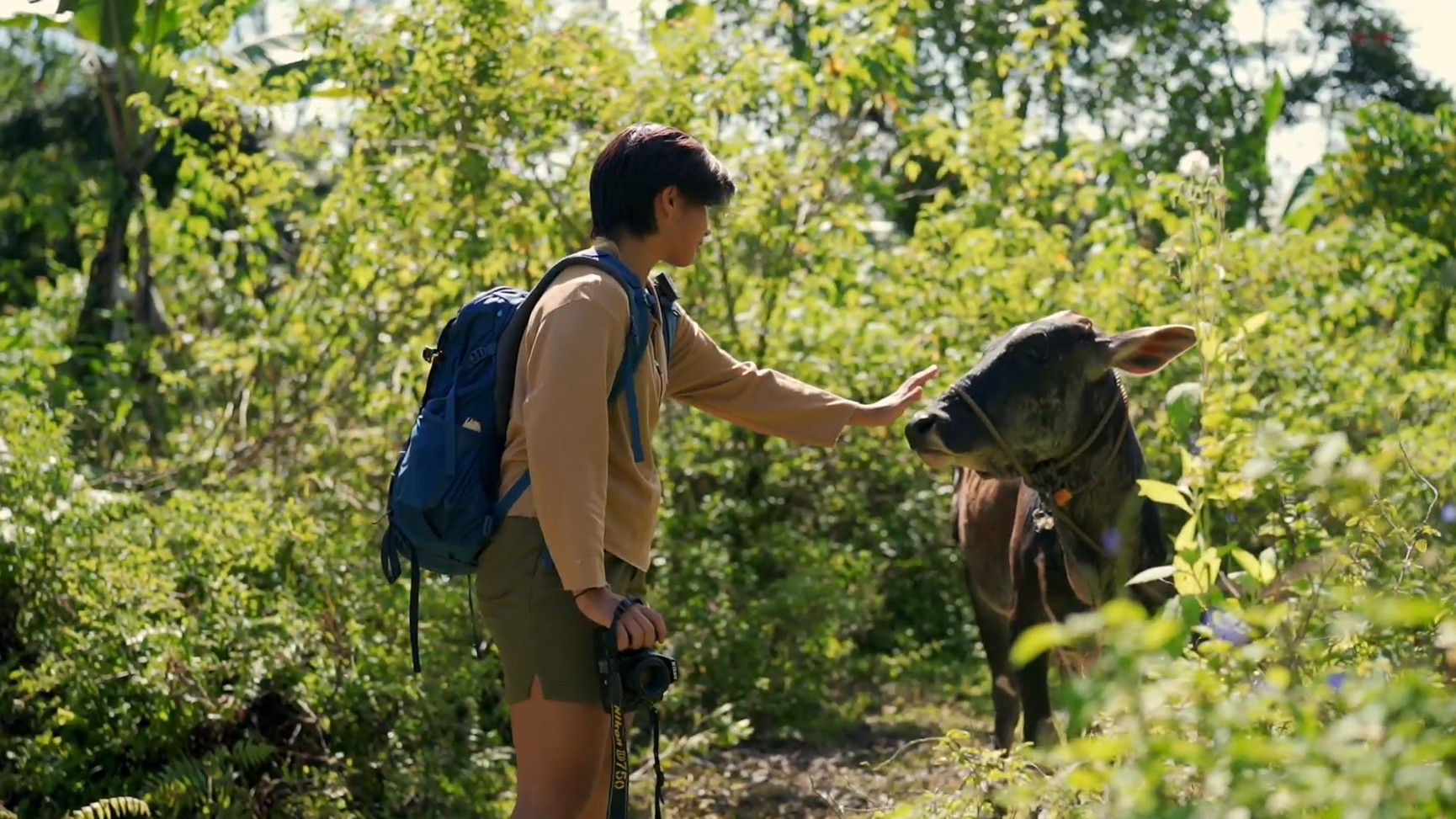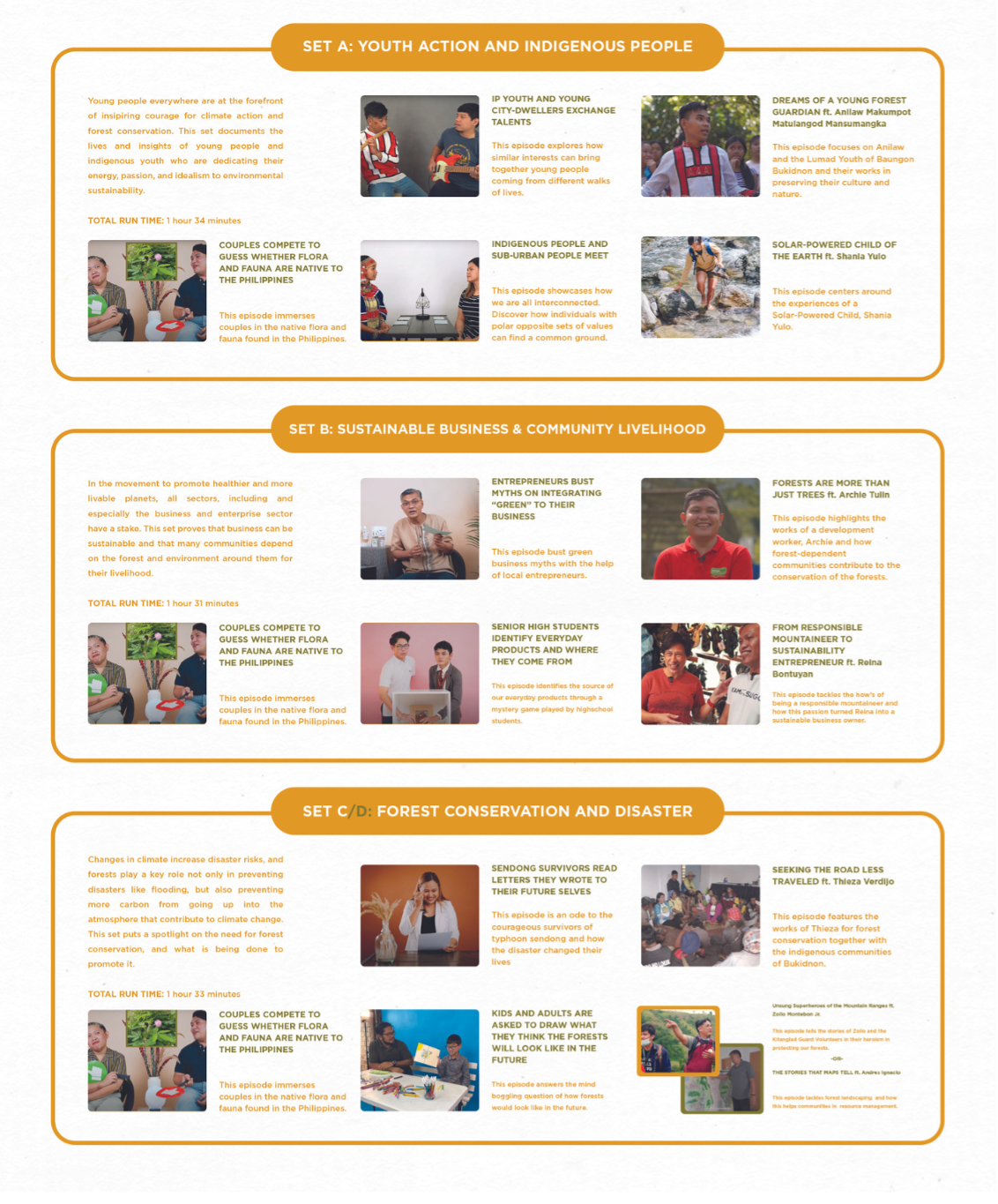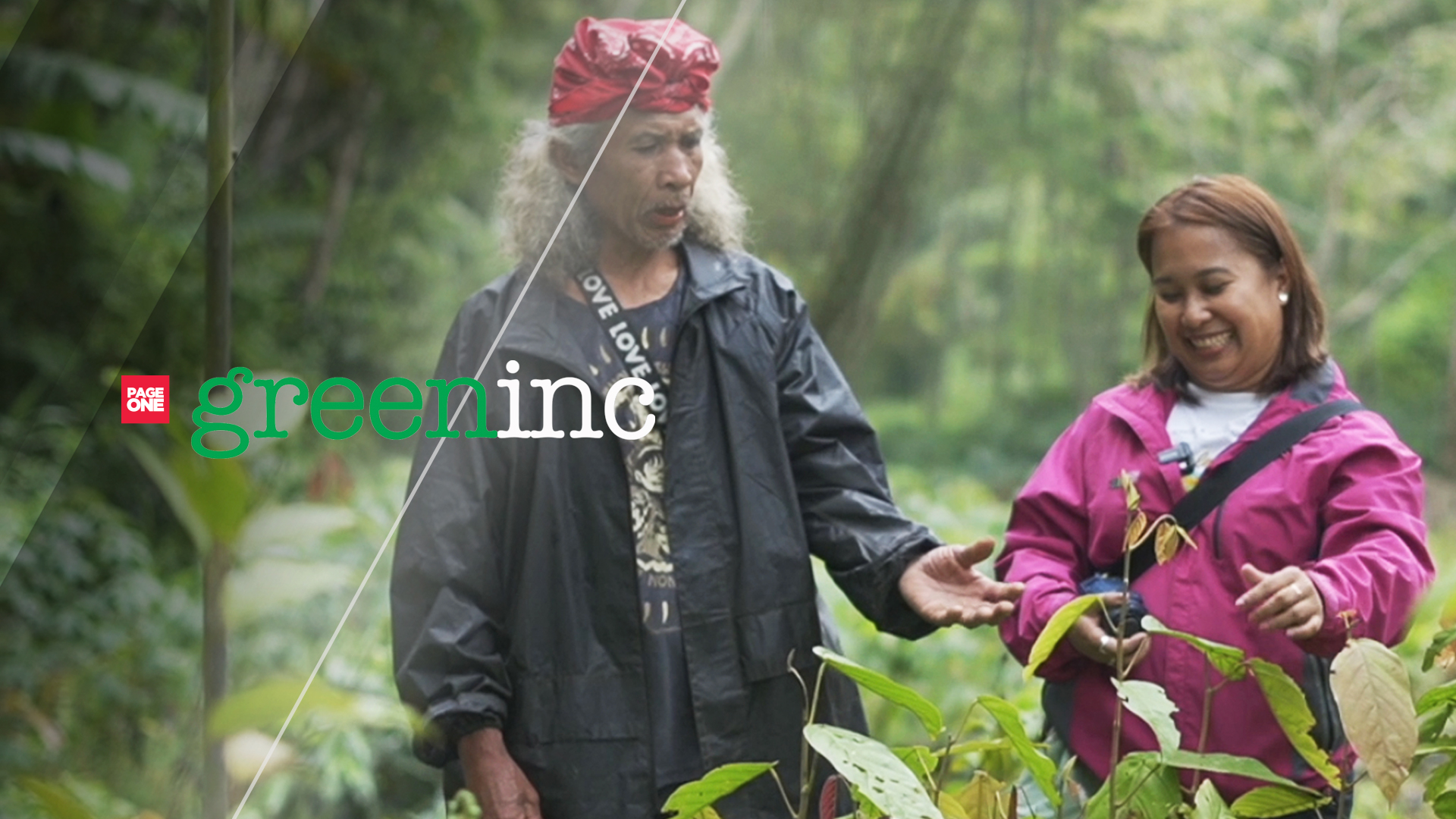Anilaw Makumpot Mansumangka was only around 15 years old when he discovered the important connection between forest conservation and nurturing their culture as a member of the Higaonon-Talaandig Tribe of Misamis Oriental.
“The forest is our church, pharmacy, market, and hospital. For us lumad youth, if we forget the importance of nature, we will also lose the value of being part of a tribe. Our identity as lumads is tied to the forest,” he said.
Anilaw now leads the Anak ng Tribu Higaonon-Talaandig Association, reaching out to lumad–young, indigenous people–like himself in promoting and preserving their culture and the importance of forest conservation through capacity-building initiatives, leadership formation, and socio-economic activities.
This story of Anilaw and six other forest advocates are highlighted in AYEJ’s latest offering of a documentary series that zooms into the pressing issues faced by our forests and the tireless efforts of individuals working to protect them.
With the support of Forest Foundation Philippines, “Kwentong Kalikasan” offers a unique look into the lives of forest conservationists from all walks of life and their fight to preserve Bukidnon and Misamis Oriental’s most pristine and vital ecosystems. Through intimate interviews and breathtaking cinematography exposing the vast landscapes in Northern Mindanao, the anthology series takes viewers on a journey to the heart of our forests and the frontlines of the battle to save them.
From green entrepreneurs to forest rangers
Kwentong Kalikasan is a storytelling project of the Association of Young Environmental Journalists (AYEJ) that features the stories and works of conservationists and emerging advocates of the forest landscapes through a 14-episode Documentary and TV-Magazine Series.
The documentary component features personalities such as Reina Bontuyan, a mountaineer turned entrepreneur who founded an outdoor sports center that serves not only to sell sports equipment and apparel, but also educate its mountaineers and enthusiasts on how to more responsibly interact with nature with its workshops and training sessions.

The series also uncovers the power that maps hold through Andres Ignacio, who has worked with governments and indigenous communities to outline how the forest landscapes have changed over the years through their topographical and physical maps.
Kwentong Kalikasan also features development workers Thieza Verdijo and Archie Tulin, adventurer and mountaineer Shania Yulo, and DENR Forest Ranger Zoilo Montebon, who takes us into the life and struggles of the Kitanglad Guard Volunteers (KGV) of Bukidnon who are considered heroes without capes.
During our interaction, Zoilo said “The KGVs work for an honorarium but they don’t really mind much about the money. Because we simply want to protect the forest. Because protecting the forest is worth more than the value of money. Everything we need is already in the forest.”
According to the Foundation’s Senior Program Officer Eric Buduan, 30 million hectares of land area in the Philippines was historically mostly covered with forests. However, commercial logging operations in the 1900s to the 1990s resulted in a significant decline in the country’s forests.
Despite national greening efforts, the sharp decline in forest cover has affected the capacity of the forests to provide ecological goods and services such as biodiversity, water services, and timber and non-timber products, he added.
Moreover, Buduan emphasized that forest conservation is not just about tree-planting. Rather, effective forest conservation starts with awareness and understanding of the importance of forests, hence the need for effective education and advocacy campaigns such as Kwentong Kalikasan.
Creativity at the heart of visual storytelling
The anthology series also offers its TV-Magazine component, inspired by YouTube’s Recreate, Cut, and Jubilee, where everyday people are brought together to intimately discuss issues on forest preservation, biodiversity conservation, and sustainability, through fun and creative games and activities.
In one episode, couples ranging from husband and wife, to LGBTQIA+ Couples,and best friends, are made to compete with each other to guess whether the flora and fauna revealed are native to the Philippines or not.
Quiven Omandam, one of the game participants became emotional upon realizing how beautiful our native species are. He shares that he thinks it would be a waste if these species go extinct and become “collateral damage just because of human carelessness.”
Sendong survivors are also featured in an episode where, in an emotional turn, they read letters they write to their future selves after that fateful tragedy in 2011.
Keith Paasa, who lost his first-born son to the flash floods recalled, “It was pitch-black and you can really hear a lot of distressed calls. The only thing I told myself was really ‘Lord save me. I can’t do this, I can’t possibly survive this.”
A former Barangay Councilor, Keith now strongly advocates for the protection of the environment as a Senior High teacher saying that there is a need to have a “coherent, sustainable, and collaborative approach in dealing with our problem with climate and most especially with the forest reserves that we currently have.”
Tropical Storm Sendong ravaged Cagayan de Oro City more than 10 years ago, leaving over a thousand dead and more than 100,000 families displaced. The Department of Environment and Natural Resources (DENR) officials then cited in a report that denuded mountains and forests in the upstream communities of Northern Mindanao caused the upsurge in water levels that ultimately impacted the downstream communities of CDO and Iligan City, among others.
“Sendong was life-changing. My message to young people who would want to do environmental work is to dig deep in your heart and ask yourself: ‘What do you genuinely care about?’,” said Tat Gualberto, a development worker and forest advocate who also survived the tragedy.
AYEJ Executive Director Val Vestil said that they are using video as a strategy to effectively spread powerful ideas that try to educate, entertain, and inform people on forest conservation initiatives, and inspire courageous action.
“Visual storytelling helps put a face to the issues and innovations, relating specifically to the current state of our forests. And what better way to do that than by telling the stories of our frontline forest guardians and showing evidence of why it’s of prime importance to protect the last remaining forest cover,” he said.
Widening the reach of the cause for forest conservation
AYEJ has partnered with the Department of Education’s Schools Division Offices of Misamis Oriental and Valencia to hold the traveling film festival, where the episodes will be screened in school communities of Valencia, Cambangon, and Guinoyuran this February.
The series is educational in nature and has been assessed by the National Council for Children’s Television and passed standards for being a child-friendly program. The documentary and TV-Magazine episodes will primarily assist learners in supplementing knowledge inputs for senior high subjects such as: Disaster Readiness and Risk Reduction, Earth and Life Science, Media and Information Literacy, and Understanding Culture, Society and Politics.
To further widen the reach of the advocacy messages on the national level, the Kwentong Kalikasan series will be aired on television cable through Knowledge Channel from February through May every Monday, Wednesday, Friday and Sunday at 3:40 in the afternoon, feeding into their educational programs for Grade 8 audiences.
The episodes are free and accessible through AYEJ’s social media channels, including Facebook and Youtube. They are also available on the projects Distribution Partner platforms, Mulat Media, Oro Youth, FyT Media, Probe Media Foundation- Kabataan News Network, Oscar M. Lopez – Science for Climate Resilient Communities, and National Council for Children’s Television.
AYEJ is an ecological literacy non-profit based in Cagayan de Oro City committed to educate and engage civil society on environmental sustainability through communication campaigns, training programs, and knowledge product development.



















